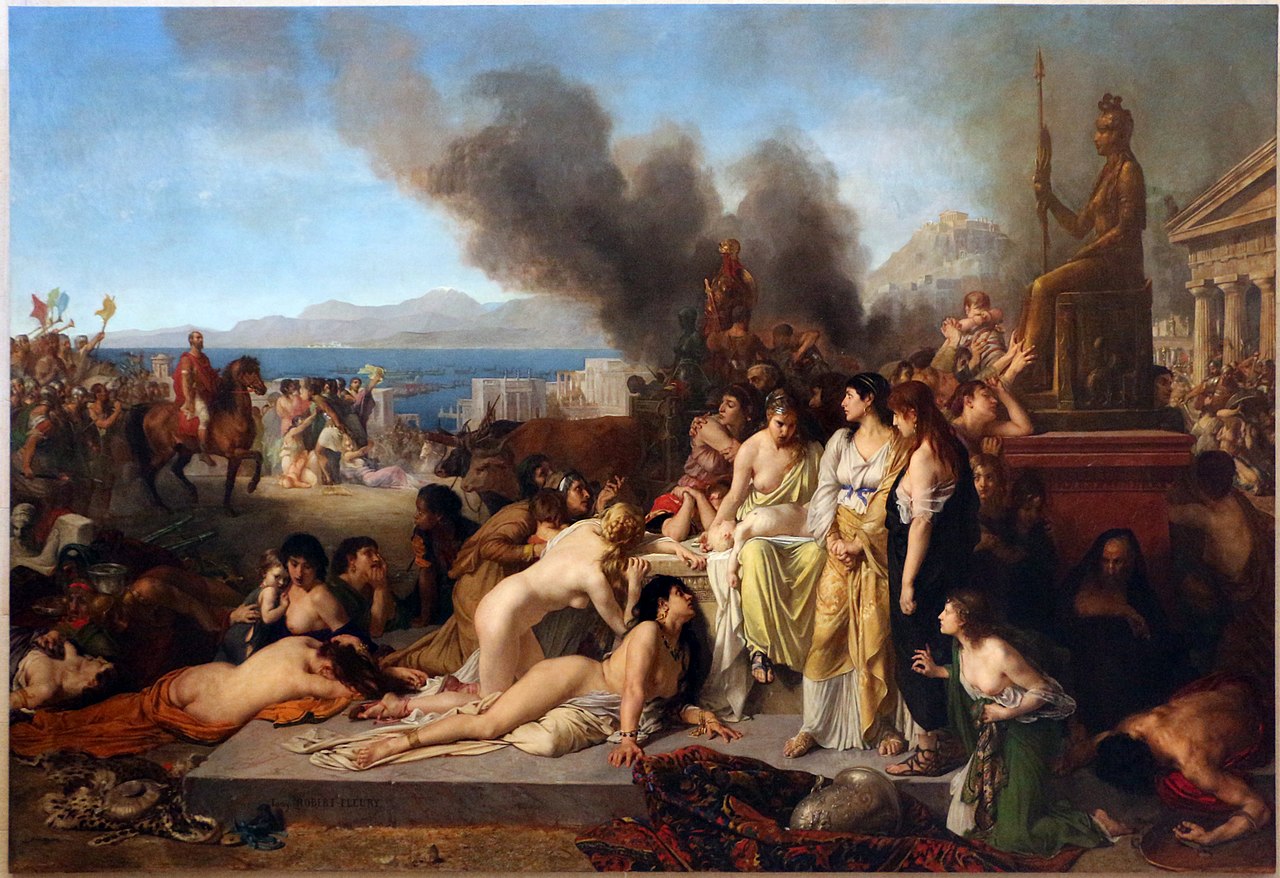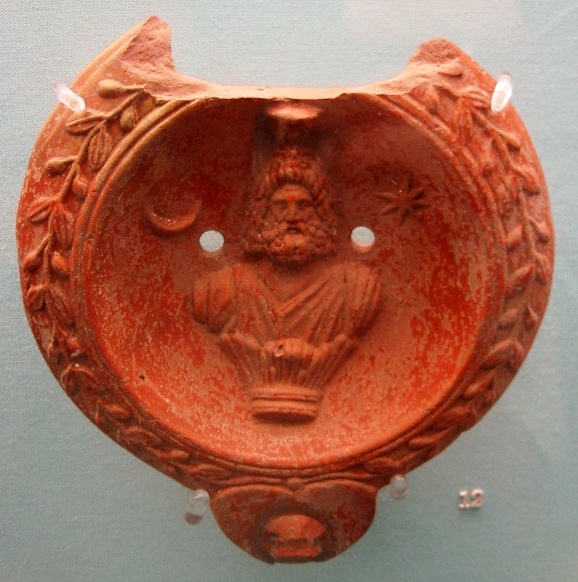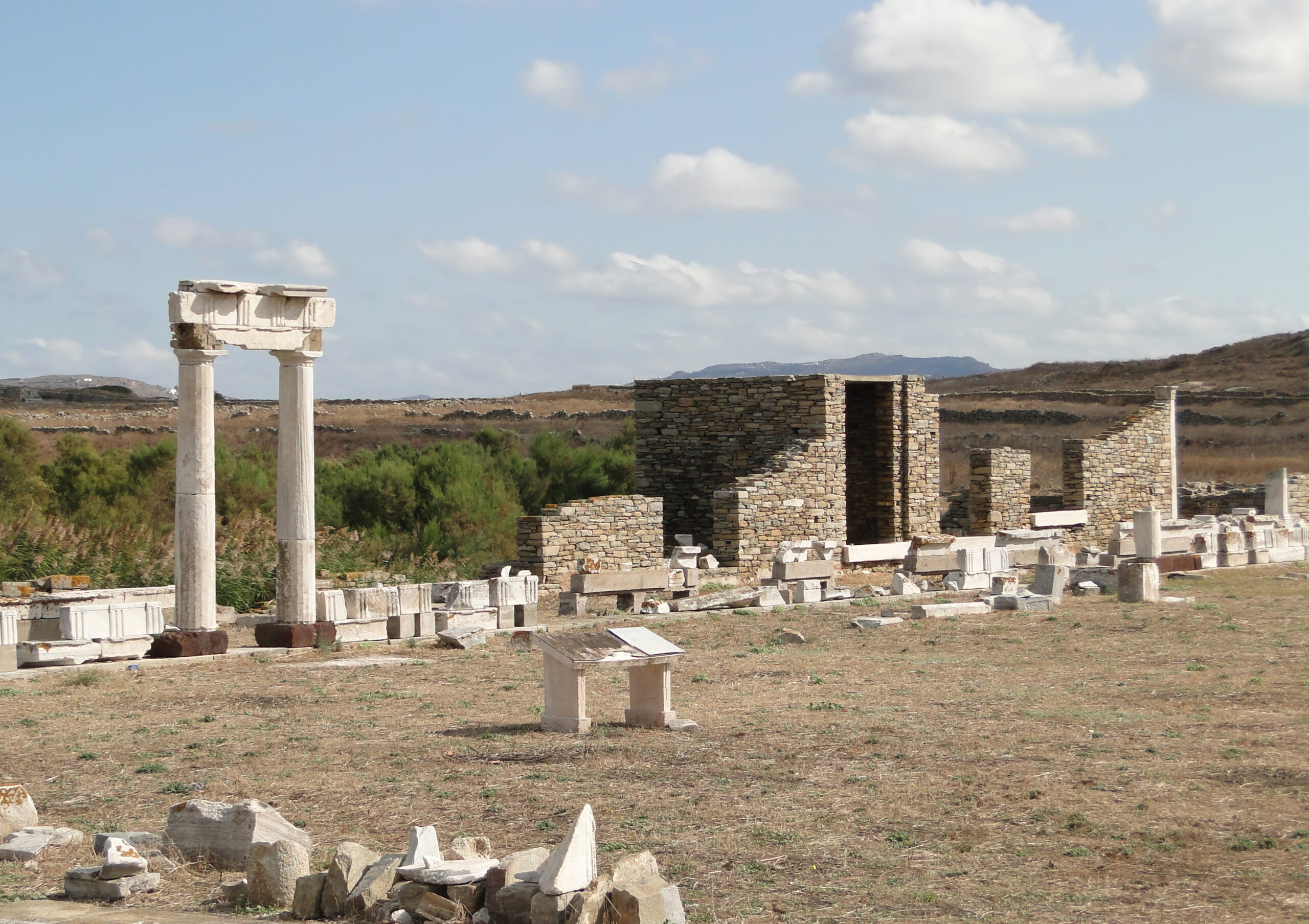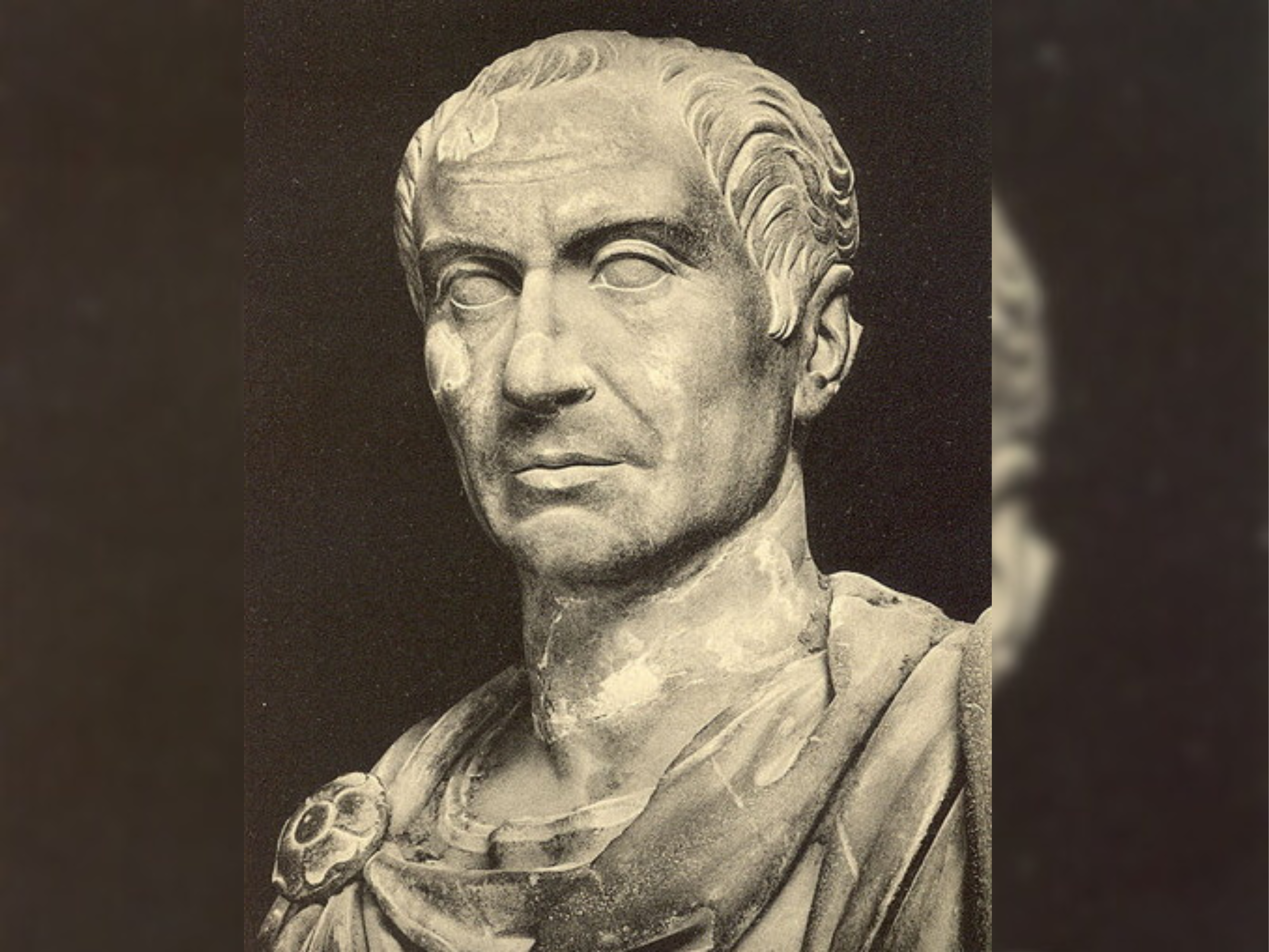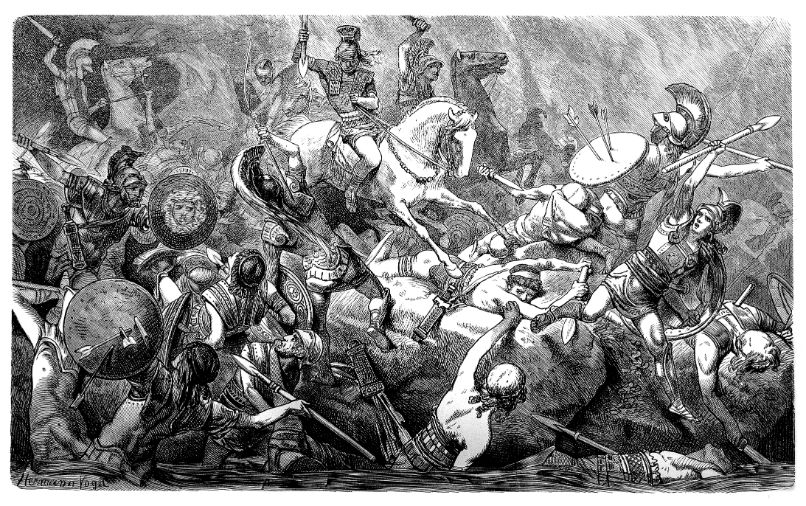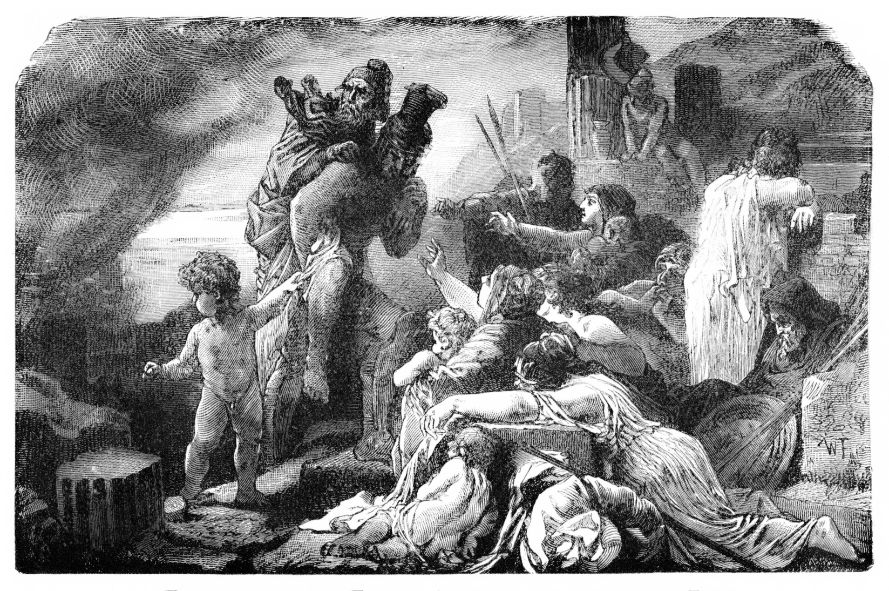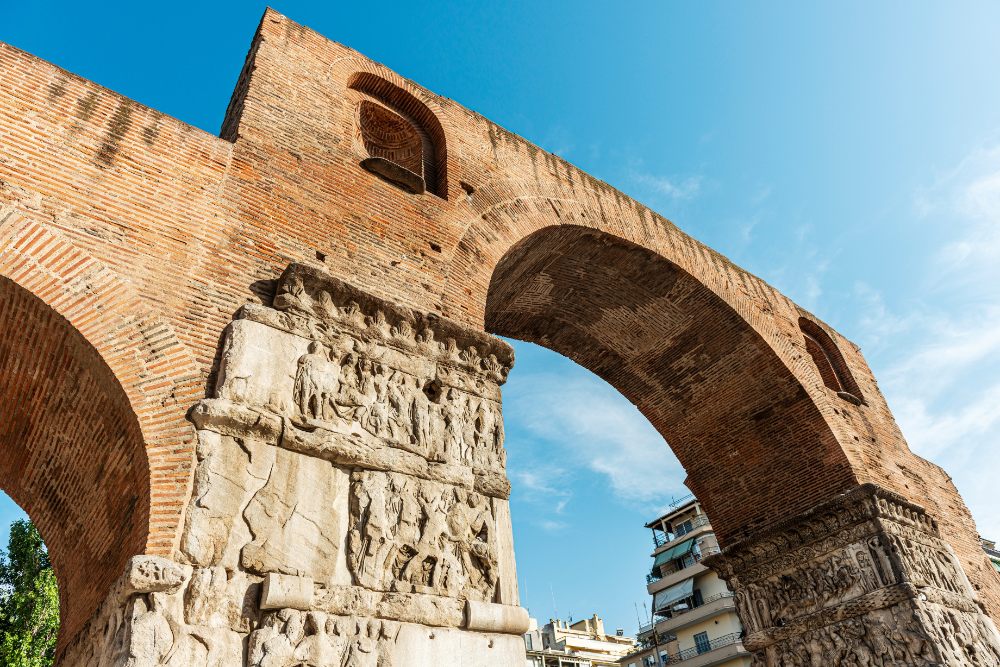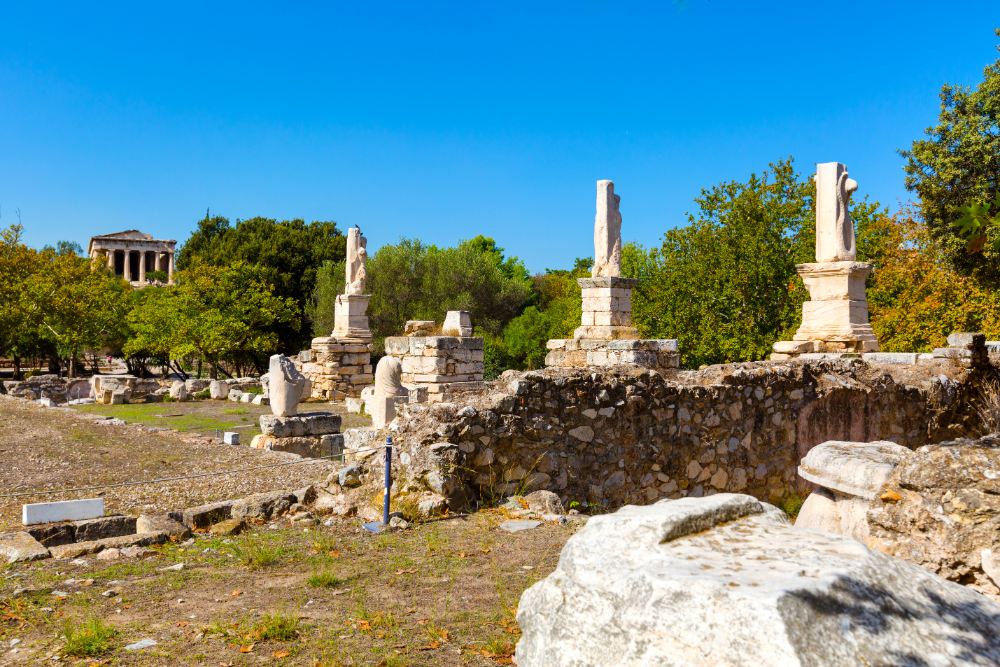Gateway to the Eleusinian Mysteries
The Propylaea of Eleusis is an ancient monumental gateway located in Eleusis, near Athens, Greece. This structure served as the entrance to the sanctuary of Demeter and Persephone, renowned for hosting the Eleusinian Mysteries, which were integral to ancient Greek religion. The Propylaea was constructed in the early 5th century BC, likely around 437-432 BC, in the aftermath of the Persian Wars, reflecting a period of significant cultural and architectural development.
Designed by the architect Mnesikles, the Propylaea is notable for its grand scale and exquisite design. It features a colonnaded façade with Doric columns that provide a stunning visual impact, welcoming pilgrims to the sacred site. The structure was not only functional but also symbolic, representing the transition from the mundane world to the sacred sanctuary. Visitors would pass through its massive entrance, which was flanked by impressive staircases leading to the temple complex, reinforcing the sense of entering a divine space.
The Propylaea faced various challenges over the centuries, including damage from wars and natural disasters. Despite this, it remains a vital testament to ancient Greek architecture and religious practice. Today, the ruins of the Propylaea continue to attract scholars and visitors alike, serving as a reminder of the profound cultural and religious significance of the Eleusinian Mysteries and the architectural innovations of the Classical period. Through its historical and architectural legacy, the Propylaea of Eleusis remains a cornerstone of Greece’s rich ancient heritage.


